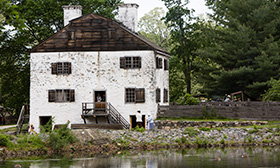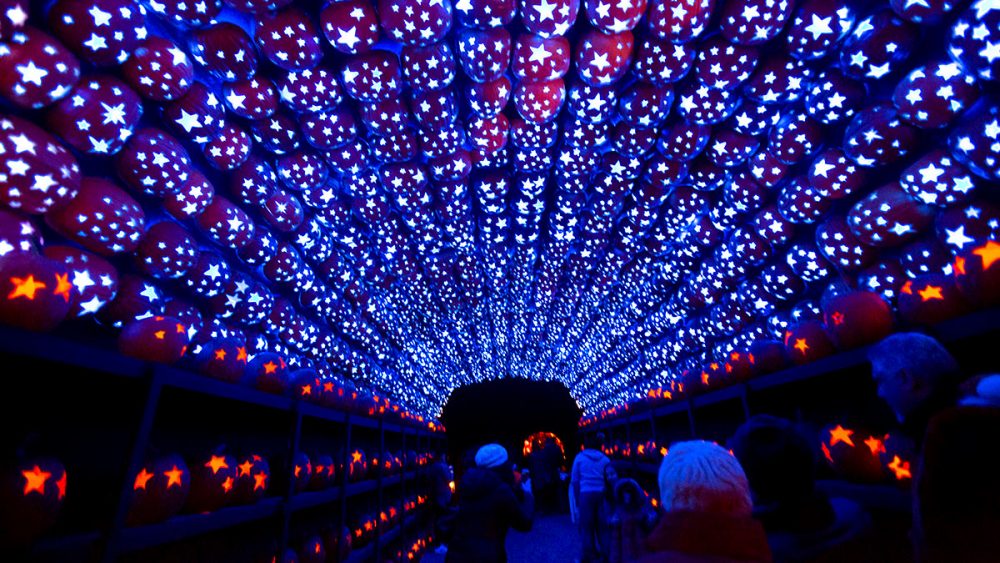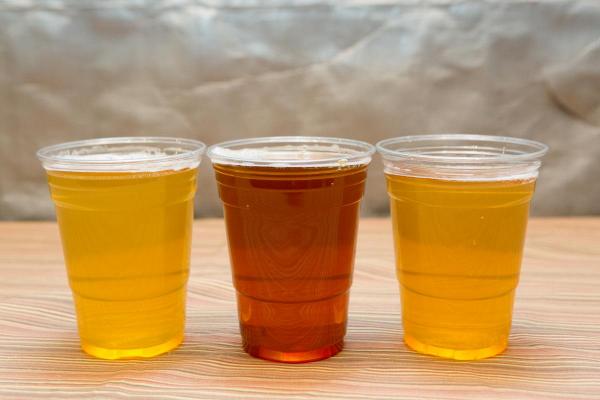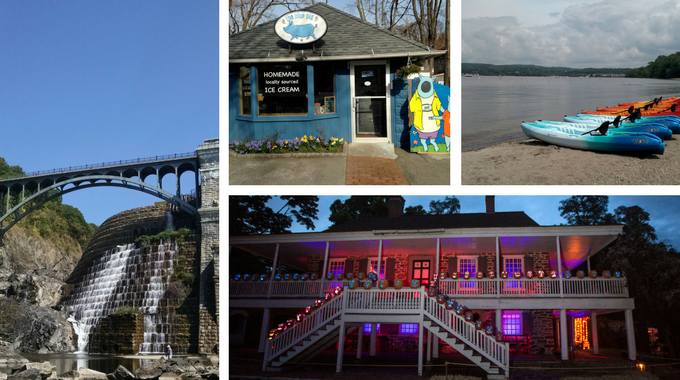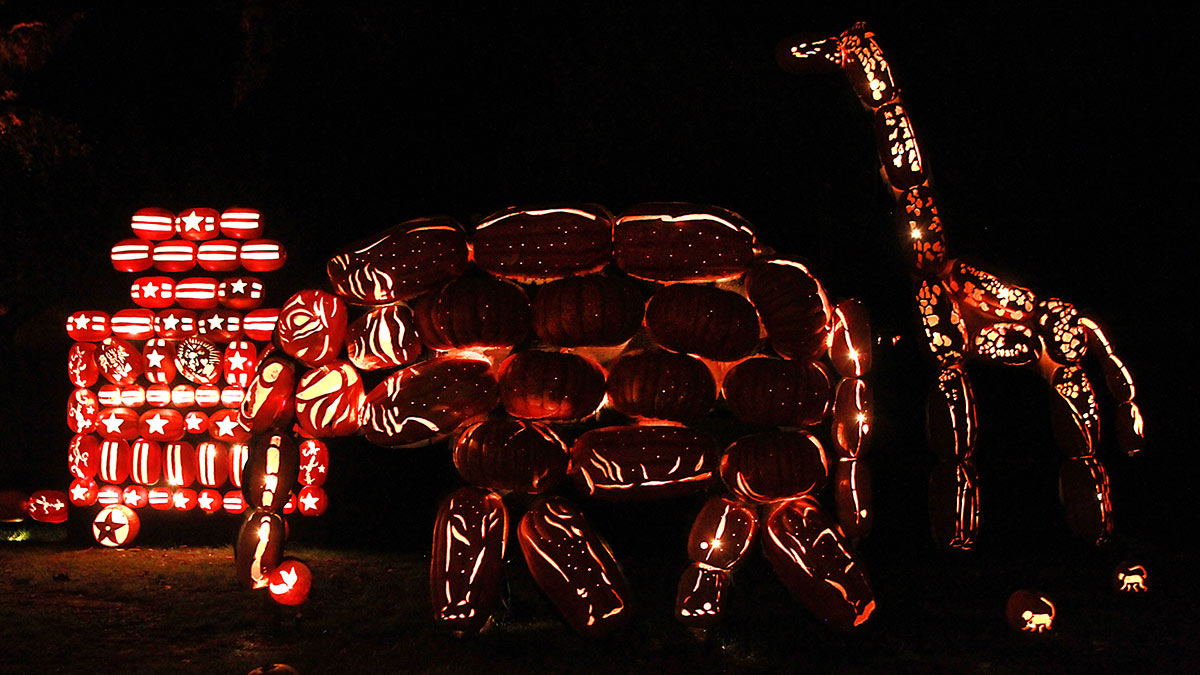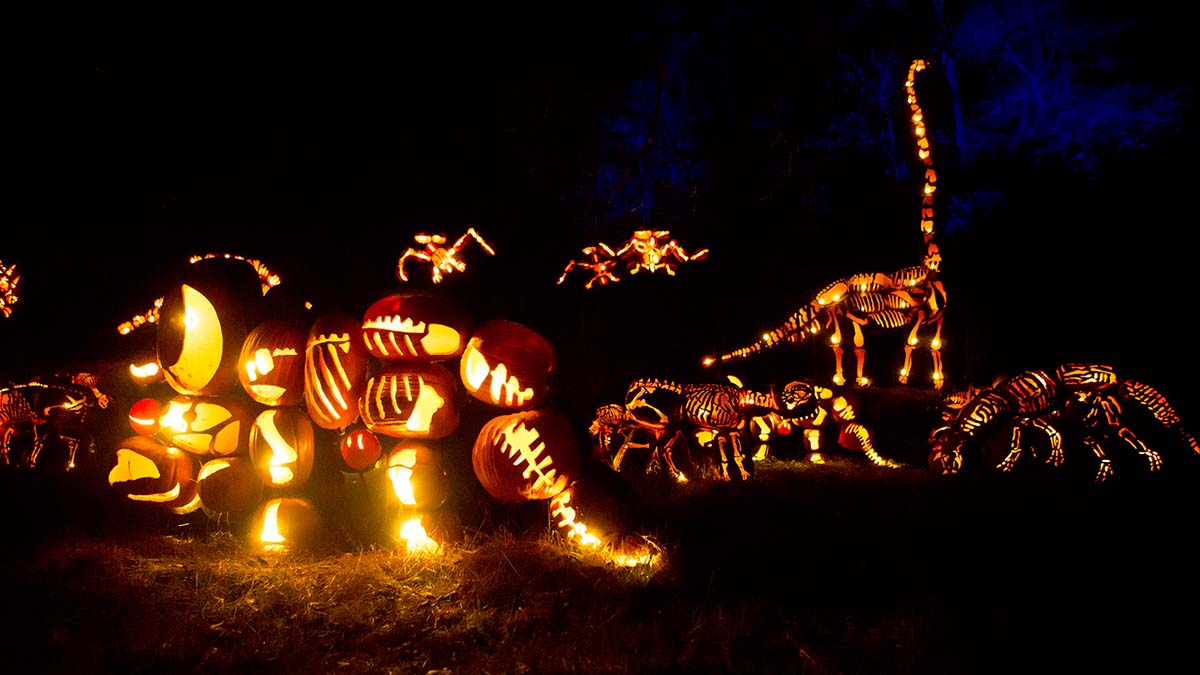A 19th-Century Snow Day in the Hudson Valley
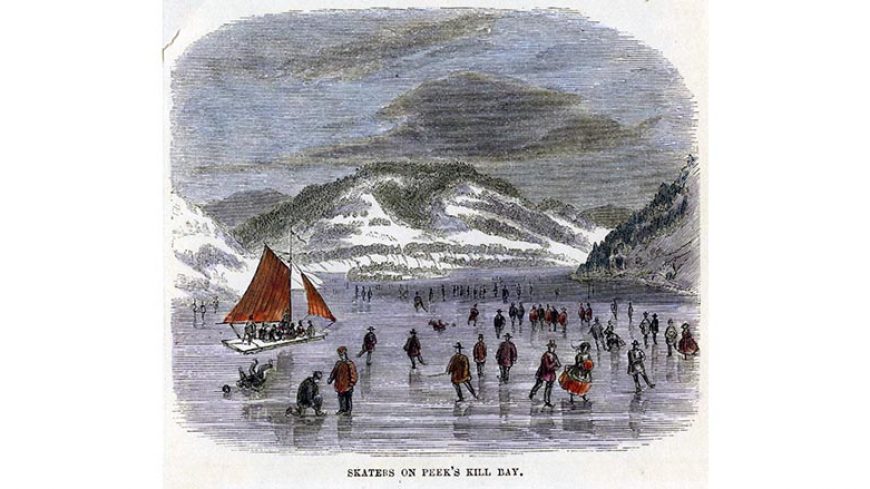
While the blizzards and deep freezes this winter may be record-breakers, there’s nothing new about how Hudson Valley-dwellers choose to cope with all that snow and ice. Skating and sledding (or “coasting,” as it was widely known), have been popular winter activities in New York since the state was a Dutch colony, when residents regularly traveled across the frozen Hudson by sleigh. Skating, in particular, has its roots in Holland, and New Netherlanders brought their skates with them to the New World. In A Two Year’s Journey in New York (1701), Englishman Charles Wolley comments on the colonial commute: “upon the Ice it is Admirable to see Men and Women as it were flying upon Skates from place to place with markets upon their Heads and Backs.”
If they hadn’t read their Wolley, mid-19th century Americans would have learned about the Dutch passion for skating from one of the most popular children’s books of the era: Hans Brinker and the Silver Skates, published in 1865. The story of Hans and Gretel Brinker and the great skating race is set in and around the frozen canals of the Netherlands, a place which the author, native New Yorker Mary Mapes Dodge, did not visit until well after her book was published. Like Washington Irving before her, Dodge recognized and capitalized on the American enthusiasm for the quaint traditions and democratic spirit of the Dutch.
Despite skating’s Old World roots, it has all the hallmarks of a distinctly American pastime: it is inexpensive and accessible to all— and it was that way in Irving’s time, too. Anyone who could purchase or rent skates could take to the pond, lake, or (in the case of the Hudson) river. City dwellers skated as well: 19th-century New York had public rinks in Central and Prospect Parks, as did Jerome Park in Westchester (now the Jerome Park Reservoir in the northern Bronx). More remarkably, skating was universally considered a coed activity, as the image of skaters on “Peek’s Kill” demonstrates: women were avid skaters, and the sport was not considered immodest or unsuitable for girls. “Ladies join freely in this healthful and exciting sport,” the New York Times commented in an 1852 brief about winter fun in Quebec. Washington Irving’s nieces who lived at Sunnyside in his later years were undoubtedly skaters, too. As Henry Chadwick’s 1867 Handbook of Winter Sports explained, “At the skating pond we meet friends and acquaintances, not as we meet them in the street… but [on a] footing of equality.” Just try to keep that footing steady!
By Elizabeth L. Bradley
Image: Benson Lossing, “Skaters on Peek’s Kill Bay,” from The Hudson, from the Wilderness to the Sea (1866). Gift of the heirs of William and Ruth Diebold (L.2012.82).


